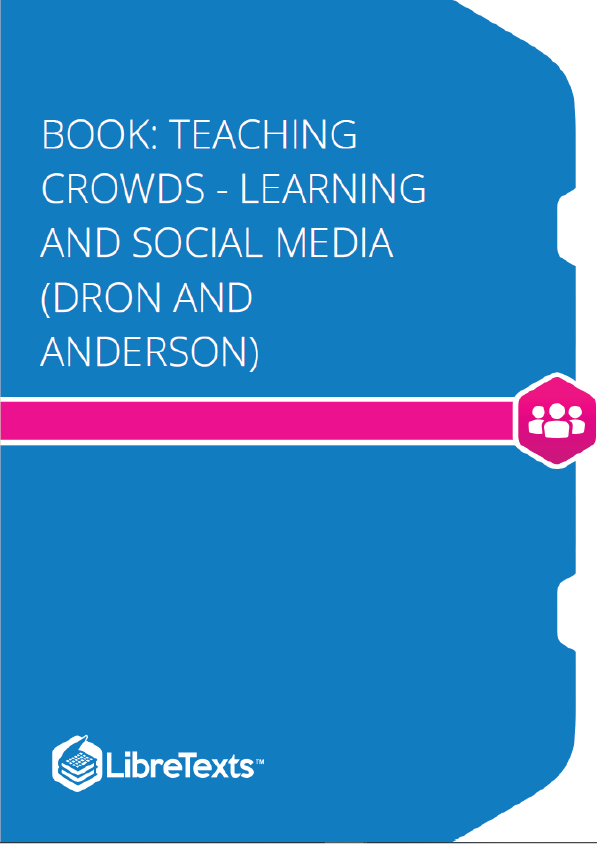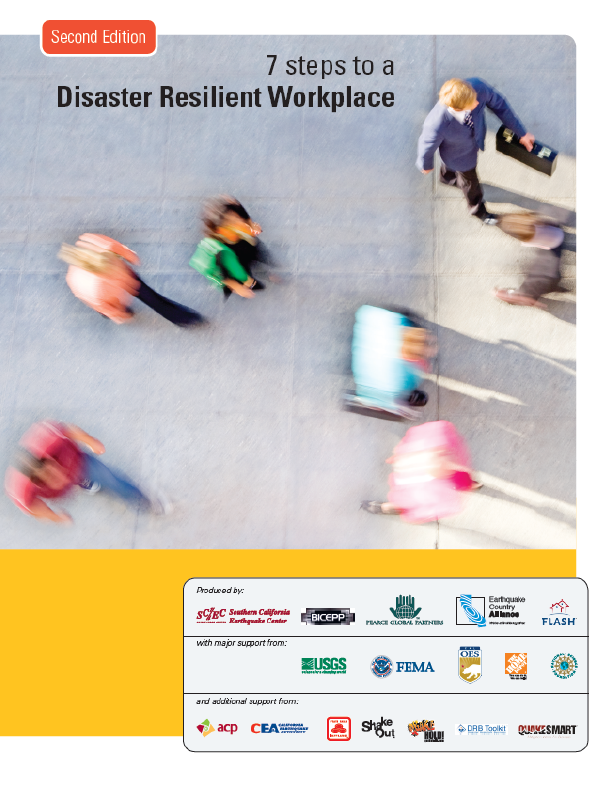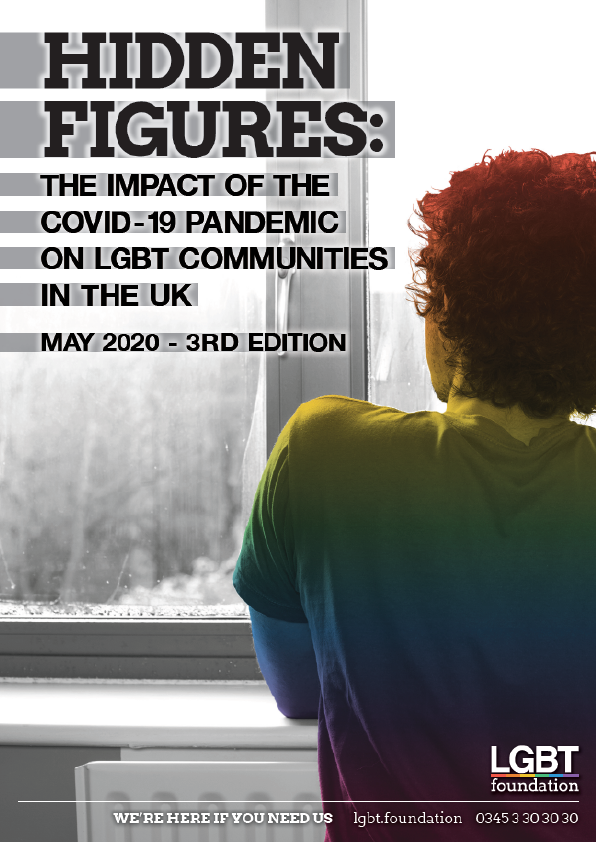Within the rapidly expanding field of educational technology, learners and educators must confront a seemingly overwhelming selection of tools designed to deliver and facilitate both online and blended learning. Many of these tools assume that learning is configured and delivered in closed contexts, through learning management systems (LMS). However, while traditional “classroom” learning is by no means obsolete, networked learning is in the ascendant. A foundational method in online and blended education, as well as the most common means of informal and self-directed learning, networked learning is rapidly becoming the dominant mode of teaching as well as learning.
In Teaching Crowds, Dron and Anderson introduce a new model for understanding and exploiting the pedagogical potential of Web-based technologies, one that rests on connections — on networks and collectives — rather than on separations. Recognizing that online learning both demands and affords new models of teaching and learning, the authors show how learners can engage with social media platforms to create an unbounded field of emergent connections. These connections empower learners, allowing them to draw from one another’s expertise to formulate and fulfill their own educational goals. In an increasingly networked world, developing such skills will, they argue, better prepare students to become self-directed, lifelong learners.
Learning is a remarkably social process. Social groups provide the resources for their members to learn. John Seely Brown & Paul Duguid, The Social Life of Information
This book is about learning online with other people. Its title, Teaching Crowds, is deliberately ambiguous: the book is about how to teach crowds, but it is also about how crowds teach. What interests us are the ways in which people learn from and with one another in an online context while playing the roles of both learner and teacher—not always intentionally, and not always even as individuals. As we intend to show, there are ways in which the aggregated behaviours of crowds can teach.
Between the two of us, we have several decades of experience with using and creating social software for learning, and the time seems ripe to pull together some of what we have learned about learning. More than ever before, the crowd has become the teacher of the crowd, and, more than ever before, we have new tools and new methods with which to teach the crowd. This book is about how that vast cluster of connected individuals can learn together, within the context of institutions and beyond, and can begin to make sense of the torrent of useful and useless information that surrounds us all. In the pages to come, we will describe the theoretical foundations of the use of social software for learning and, building on those foundations, explore ways that such software can be used to support and enable learners to learn.
The book begins with an unashamed trumpeting of the potential value of social software for learning. In the opening chapter, we provide an overview of this software and describe the many advantages that may be gained through its effective employment. We hope that this introduction will tempt even skeptics to read on and learn more about the benefits, and the pitfalls, of social media as tools for learning.
In the second chapter, we present a range of theories—some mature, others still evolving—that have developed in tandem with social learning technologies over the past few decades. Our goal is to offer a theoretical foundation that both explains and predicts the value of different ways of understanding learning in a crowd. We make considerable use of our own three-generation model of distance learning pedagogies, describing the shift from early behaviourist and cognitivist models to the era of social constructivism and then on to the emerging connectivist age of distance learning. In addition, we explore a number of other theoretical constructs and approaches, such as the theory of transactional distance, complexity theory, the concept distributed cognition, and the notion of cooperative freedoms, that help to frame and illuminate many of the dynamics of social learning in both informal and formal contexts.











